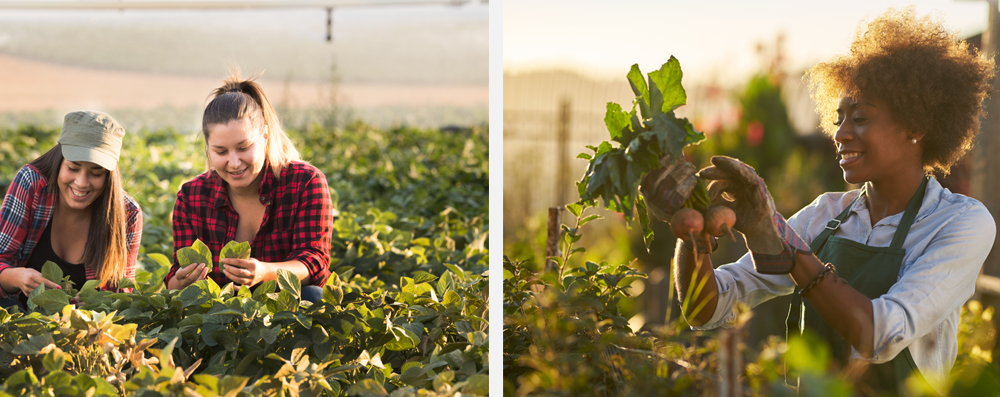Fertilization of trees is one of the most important practices in an effective grounds maintenance program. Trees need to be fertilized when there is little or no annual growth or twig elongation, when leaves are either poor in colour or undersized, or when increased amounts of dead wood is evident in the tree canopy.
One method that I have used and recommended for years is the punch bar method of fertilization. To obtain maximum results, especially in terms of plant response, fertilizer should be applied prior to the commencement of growth in the spring. There are many technical references that recommend a fall application.

Punch bar method cross-sectional diagram of tree and punch bar holes.
This method is used when a tree is to be fed on an established lawn. Using a pointed punch bar about 6' in length or an earth auger coupled with a power drill, drill or manually punch 1 ½" to 2" holes into the soil. The first ring should start approximately 3' from the base of the tree. Each successive ring should be approximately 2' apart and extend past the dripline of the tree since the roots can extend 1 ½ to 3 times from the dripline of the tree. On upright trees, holes should extend past the dripline and be treated as if it were an open crowned tree. Holes within each circle should be approximately 12" to 18" deep, slightly slanted, and roughly 24" apart. Holes should be staggered or spaced about half way between the holes of the adjacent concentric circle. The recommended rate of fertilizer for the tree should be equally distributed among all the holes. Distance apart depends to a great extent on the age, species and type of tree as well as the condition of the soil.

Punch bar hole distribution around tree in relation to drip line.
Using a funnel to prevent fertilizer burn, fill the holes with fertilizer (10-6-4, 10-10-10 or 12-5-4) to within 3" from the top. Dry fertilizer applied at a rate of 3 lbs per inch trunk diameter is usually sufficient. Holes can then be topped with peat moss, shredded manure, topsoil, leaf mold or sand-peat mixture.
Dry fertilization requires regular watering to enable the feeder roots to absorb the nutrients in the solution. If natural rainfall is insufficient, artificial watering is a must.
The punch bar method requires no special equipment. Aerification is a side benefit. The product is relatively inexpensive. The procedure makes no disturbance to the turf.
By setting up a systematic fertilization program based on a soil or leaf analysis, this will help to ensure that fertilizer is applied only when necessary. This will also help the trees resist the harmful effects of drought as well as insect and disease attacks. Fertilization will assist in rejuvenating trees under stress. Maintaining the nutritional needs of trees is time well spent and well worth the investment.




